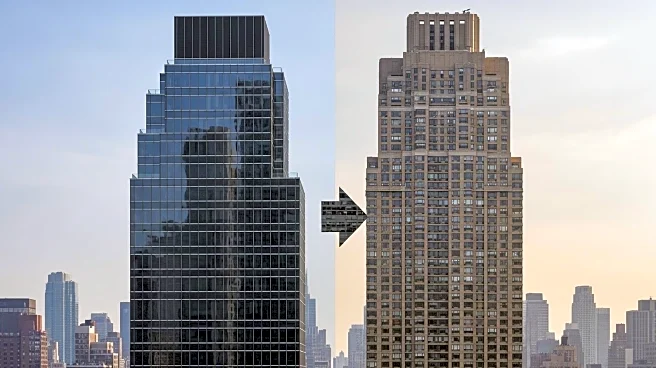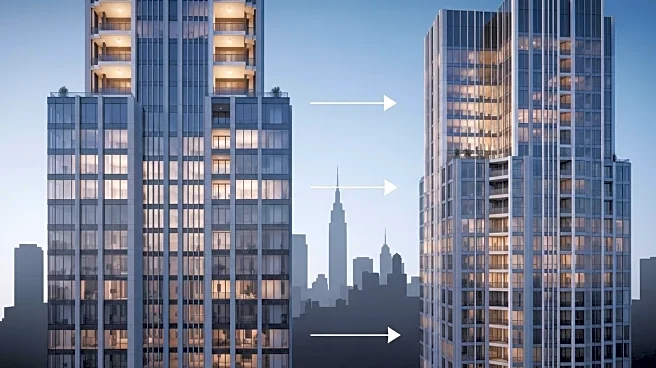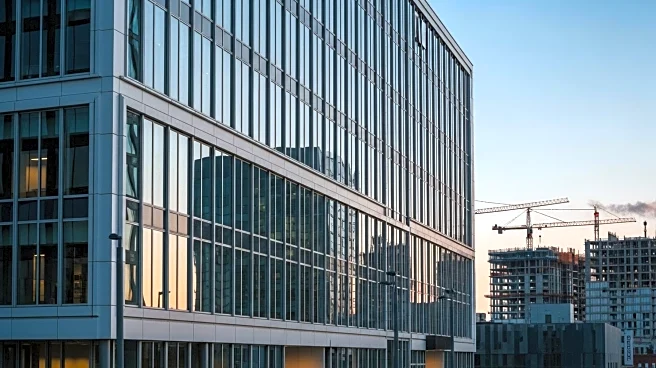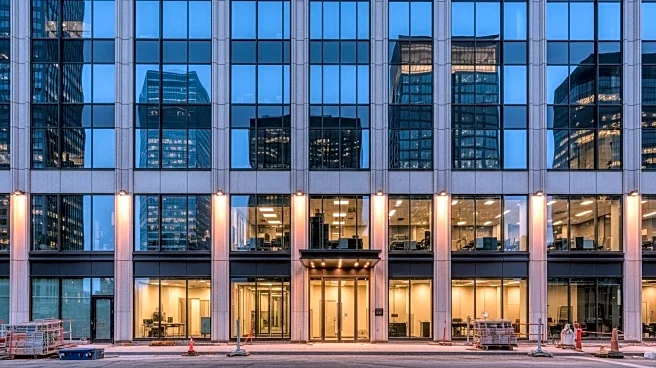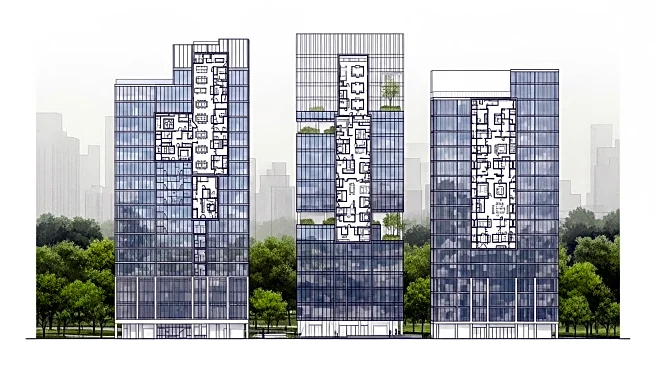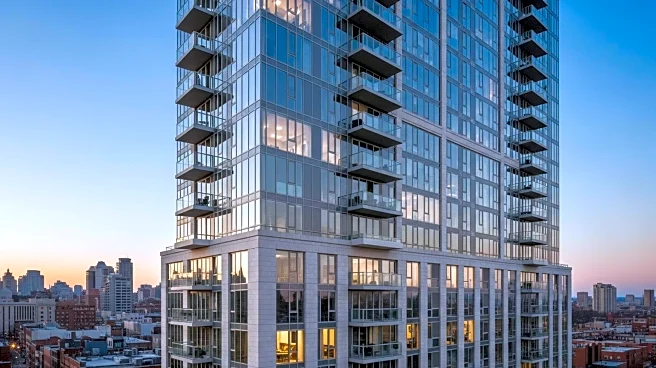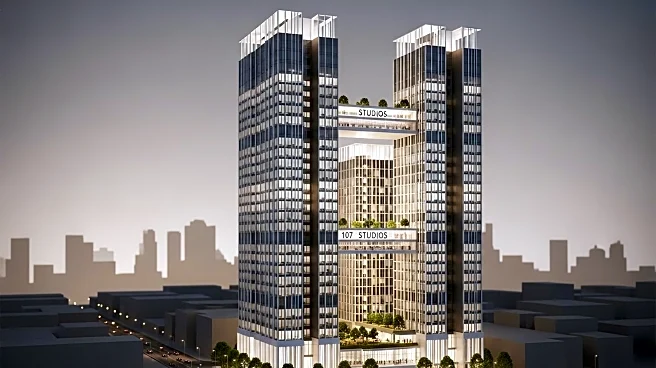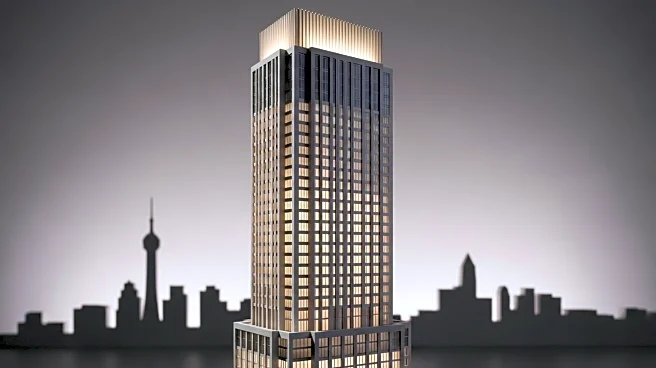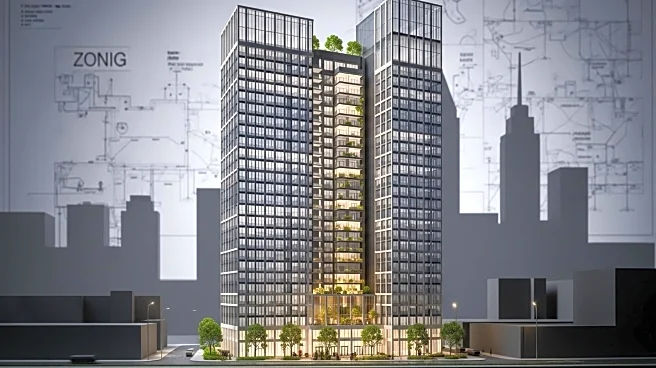What is the story about?
What's Happening?
New York City is witnessing a significant increase in office-to-residential conversion projects, driven by changes in zoning regulations and high office vacancy rates. According to a report from Cushman & Wakefield, annual conversions have surged from 1.6 million square feet in 2023 to 3.3 million square feet in 2024. The city has been grappling with historically high office vacancy rates, which peaked at 23.8% in June and slightly decreased to 22.3% in August. This is still more than double the pre-pandemic five-year quarterly average of 9.4%. Office valuations have also dropped significantly, from $1,037 per square foot in 2019 to $567 per square foot this year. Regulatory reforms, such as the Office Conversion Accelerator Program launched in 2023, have reduced administrative hurdles, while a 2024 tax incentive has made more projects financially viable. The City of Yes zoning reforms, lifting of the FAR cap, and approval of the Midtown South Mixed-Use Plan have expanded eligibility for conversions, with an additional 8.8 million square feet of conversion projects proposed.
Why It's Important?
The increase in office-to-residential conversions in New York City is a critical development for the real estate market, addressing both the high vacancy rates in office spaces and the demand for housing. These conversions are poised to reshape the city's real estate landscape, providing new housing opportunities and potentially revitalizing areas with high office vacancies. The regulatory changes and incentives are making it financially feasible for developers to undertake these projects, which could lead to a more balanced urban environment. Stakeholders such as real estate developers, city planners, and residents stand to benefit from these changes, as they could lead to increased property values and improved urban living conditions. However, the shift also poses challenges, such as ensuring that the new residential spaces meet the needs of the community and maintaining the city's commercial viability.
What's Next?
As New York City continues to adapt to the changing real estate market, further developments in zoning regulations and incentives are likely. The proposed 8.8 million square feet of conversion projects indicate ongoing interest and potential growth in this sector. Stakeholders, including developers and city officials, will need to monitor the impact of these conversions on the city's housing market and office space availability. Additionally, there may be further policy adjustments to support these conversions and address any emerging challenges. The success of these projects could serve as a model for other cities facing similar issues with office vacancies and housing demand.
Beyond the Headlines
The trend of office-to-residential conversions in New York City highlights broader shifts in urban planning and real estate development. As cities grapple with changing work patterns and housing needs, innovative solutions like these conversions could become more common. This shift also raises questions about the future of office spaces and how cities can balance commercial and residential needs. The ethical and cultural implications of transforming office buildings into homes, such as preserving architectural heritage and ensuring equitable access to housing, will be important considerations for policymakers and developers.
AI Generated Content
Do you find this article useful?
